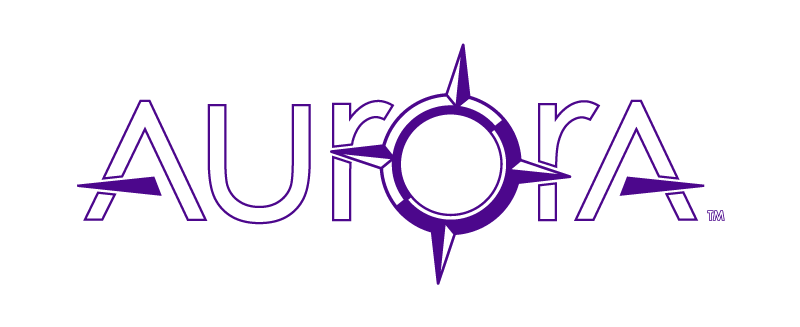
Don’t let the pain interfere with your life!
Cervical spine dysfunctions refer to a variety of conditions that affect the vertebrae, discs, muscles, and ligaments of the neck region. These dysfunctions can cause discomfort, limited range of motion, and even radiating pain down the arms. Common cervical spine dysfunctions include cervical spondylosis, herniated discs, sprains, and cervical stenosis. Poor posture, repetitive stress, trauma, and age-related degeneration are some factors that contribute to these dysfunctions. Symptoms can range from mild stiffness to severe pain, affecting one's ability to carry out daily activities. Treatment for cervical spine dysfunctions may involve a combination of physical therapy, chiropractic care, pain management techniques, and in some cases, surgical intervention. Prompt diagnosis and appropriate treatment are crucial in managing and preventing further complications associated with cervical spine dysfunctions.
Cervical Stenosis
Cervical Stenosis it’s the spinal column narrowing that causes pressure on the spinal cord or narrowing of the openings (called intervertebral foramina) where the spinal nerves exit the spinal column. Spinal stenosis usually occurs as a person ages; however, some patients are born with less room for the spinal cord. The spinal discs become more parched and begin to bulge. The bones and ligaments of the spine thicken or grow. This is caused by arthritis or long-term inflammation.
Cervical Radiculopathy (Pinched Nerve)
Cervical radiculopathy is a medical condition that is commonly referred to as a "pinched nerve." It occurs when the nerve roots located in the cervical region of the spine become compressed and inflamed. This can cause a range of neurological symptoms, such as radiating pain, muscle weakness, and numbness.
Cervical Degenerative Disc Disease (DDD)
If you are suffering from discomfort in your neck and experiencing pain that radiates towards your arm, it is highly likely that you may be affected by cervical degenerative disc disease. This condition occurs when the cushioning discs in your cervical spine start to wear down due to natural wear and tear. Although disc degeneration is a usual part of aging, it can occur prematurely, leading to pain. As the discs lose fluid, they become less flexible and shrink in height. This can cause pain as the vertebrae compress and move abnormally, which can lead to further discomfort.
Cervical Herniated Disc
A cervical herniated disc is a condition that can cause a variety of painful sensations in the neck, arm, and hand. The pain can range from a dull ache to a sharp, electrical-like sensation. People experiencing this condition may also feel numbness or weakness in their arms or hands. While a cervical herniated disc can be caused by trauma or neck injury, it can also occur spontaneously without any apparent cause. This happens when the soft, gel-like center of a spinal disc ruptures through a weakened area in the rigid outer wall, similar to a jelly filling squeezed out of a doughnut.
The first steps to recovery involve rest, pain medication, spinal injections, and physical therapy. These treatments can help alleviate symptoms and speed up the healing process. With proper care and attention, most individuals can recover from a cervical herniated disc within six weeks and return to regular activity. However, if symptoms persist or worsen, surgery may be necessary to repair the damaged disc and alleviate the pain. It's essential to seek medical attention if you suspect you may be experiencing a cervical herniated disc, as early diagnosis and treatment can help prevent further damage and complications.

If you suffer from these conditions, we recommend asking your doctor about Aurora’s minimally invasive cervical solutions!





